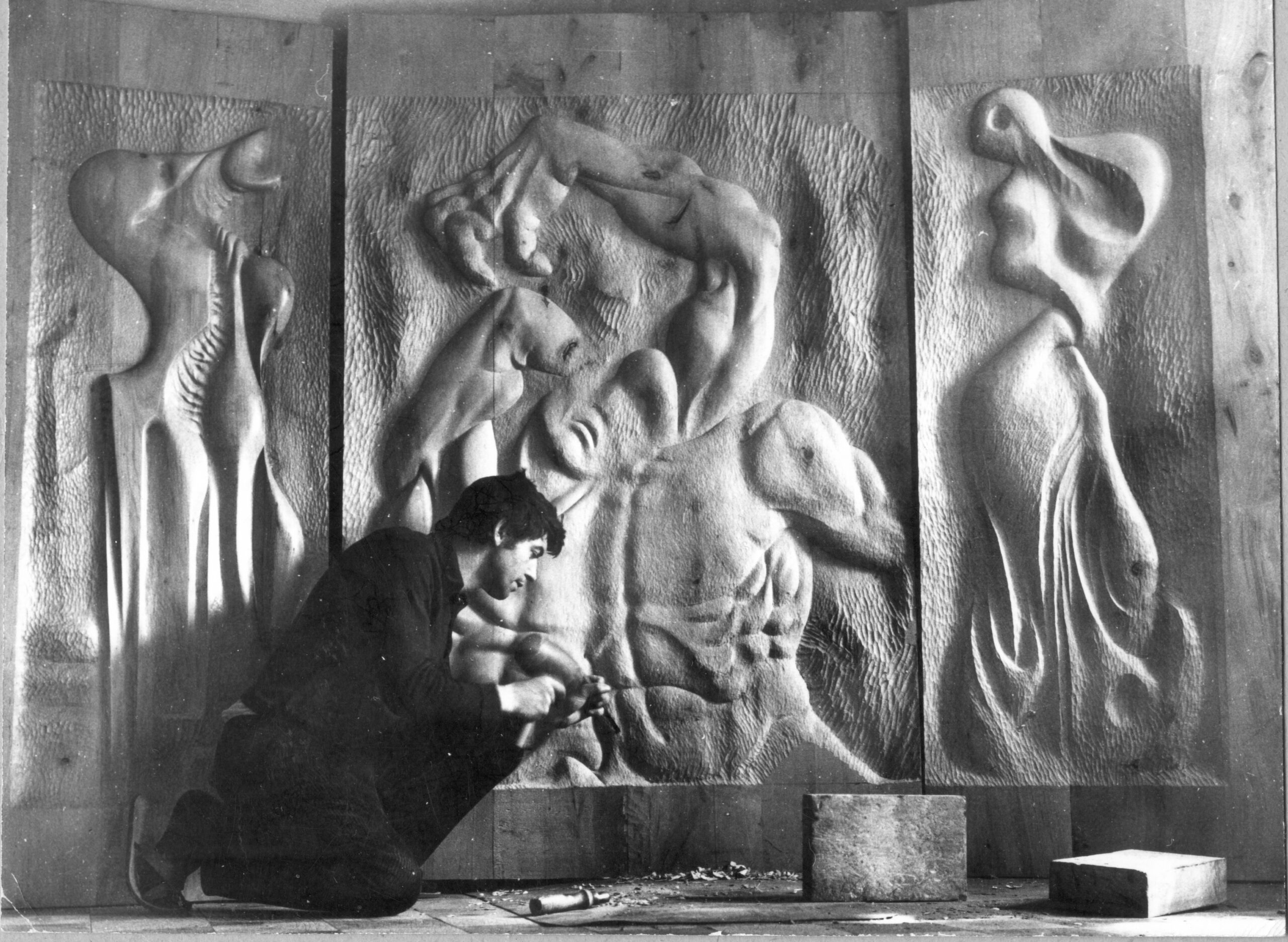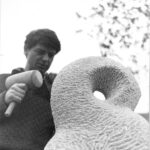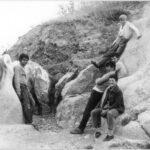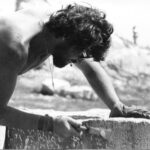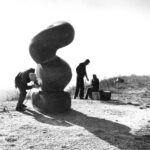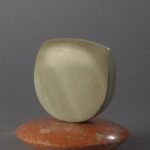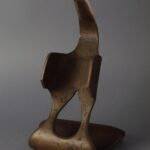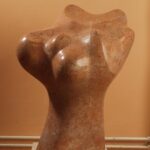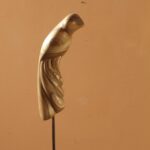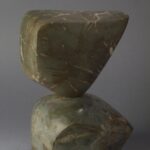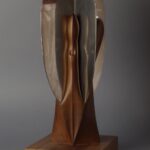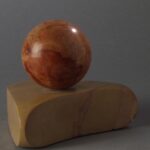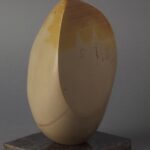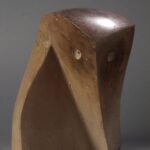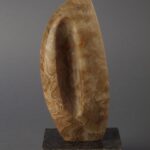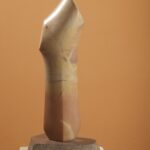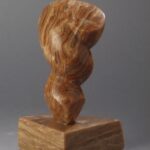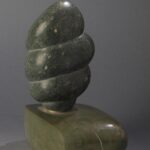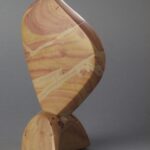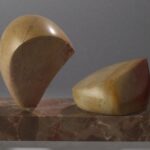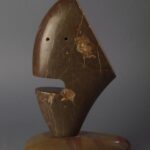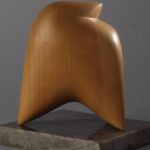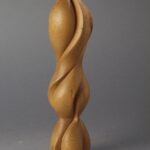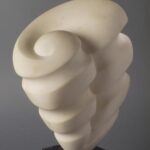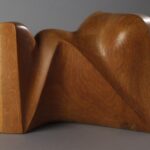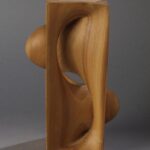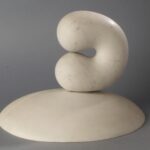In 1968, he was invited by the Baranya County Council to the Siklós Fine Arts Symposium. He carved several large stone sculptures during the one-month symposium, including the sculpture Frost Flower, which was erected in Orfű, the Sea in black marble, and the larger-than-life portrait of Ferenc Liszt in basalt.
From 1969 to 1972, after the removal of the six-metre-high layer of soil at the Sculpture Park of Nagyharsány, he stopped working on his four-part Life (Love, Birth, Life, Death) sculpture carved from the rock face of the Szársomlyó and began working on the monumental Spiral, which is still considered his main sculpture (1971-1973). He worked in a creative house for young artists in Villány, established by Baranya County Young Communist League committee and the district council of Siklós. He carved his non-figurative works on site from material from a nearby mine.
In 1971 he won first place at the National Biennale of Small Sculptures. Critics have compared his works to those of Hans Arp, Miklós Borsos, Henry Moore and Barbara Hepworthe, while at the same time emphasising the individuality of his sculptures. In the second period, his departure from the sculpture colony at the end of 1975 was a turning point, after which he lived and worked outside the colony supported by commissions (e.g. tombs) and purchases from friends.
Written and edited by: Anna Tüskés
